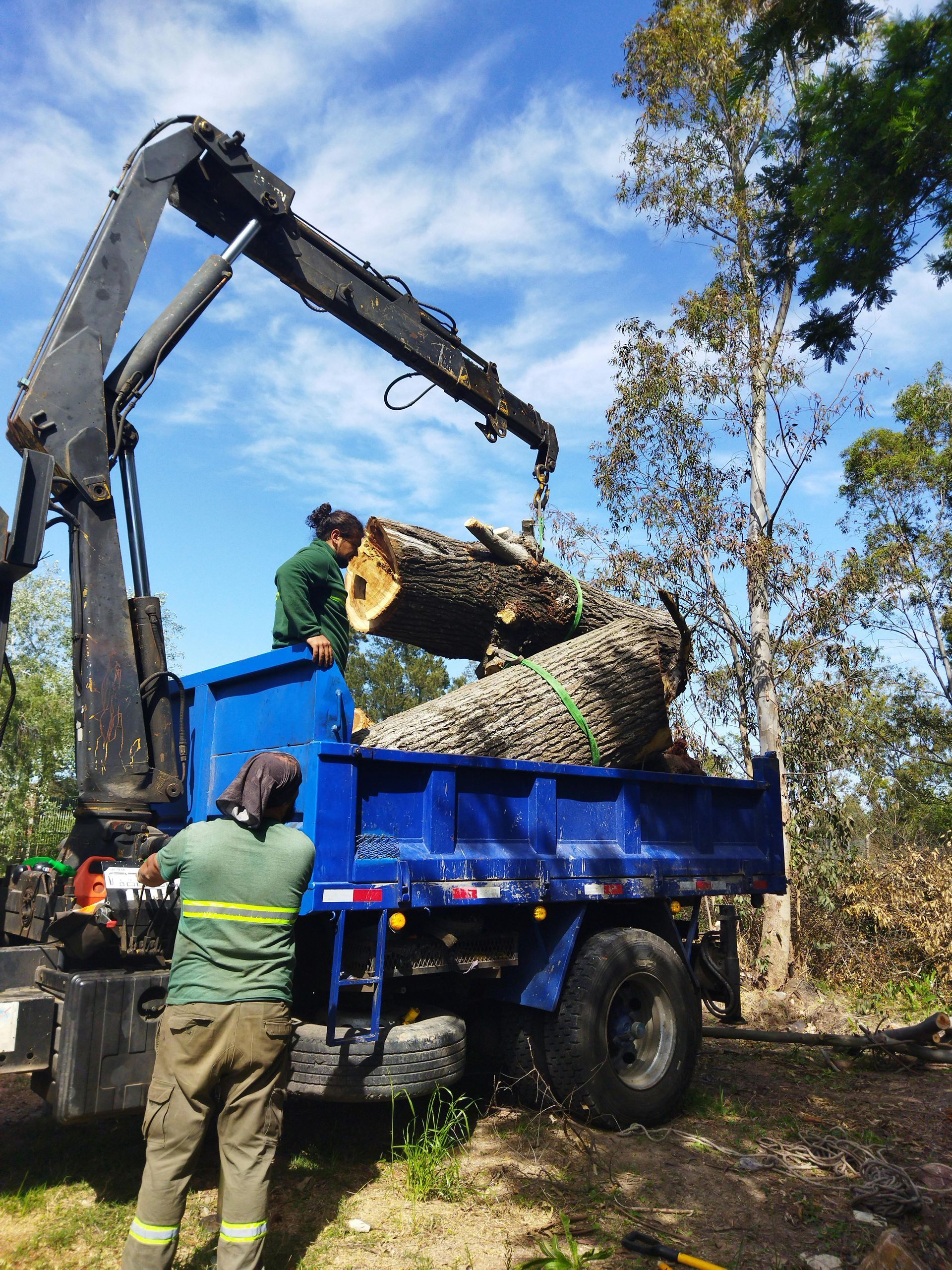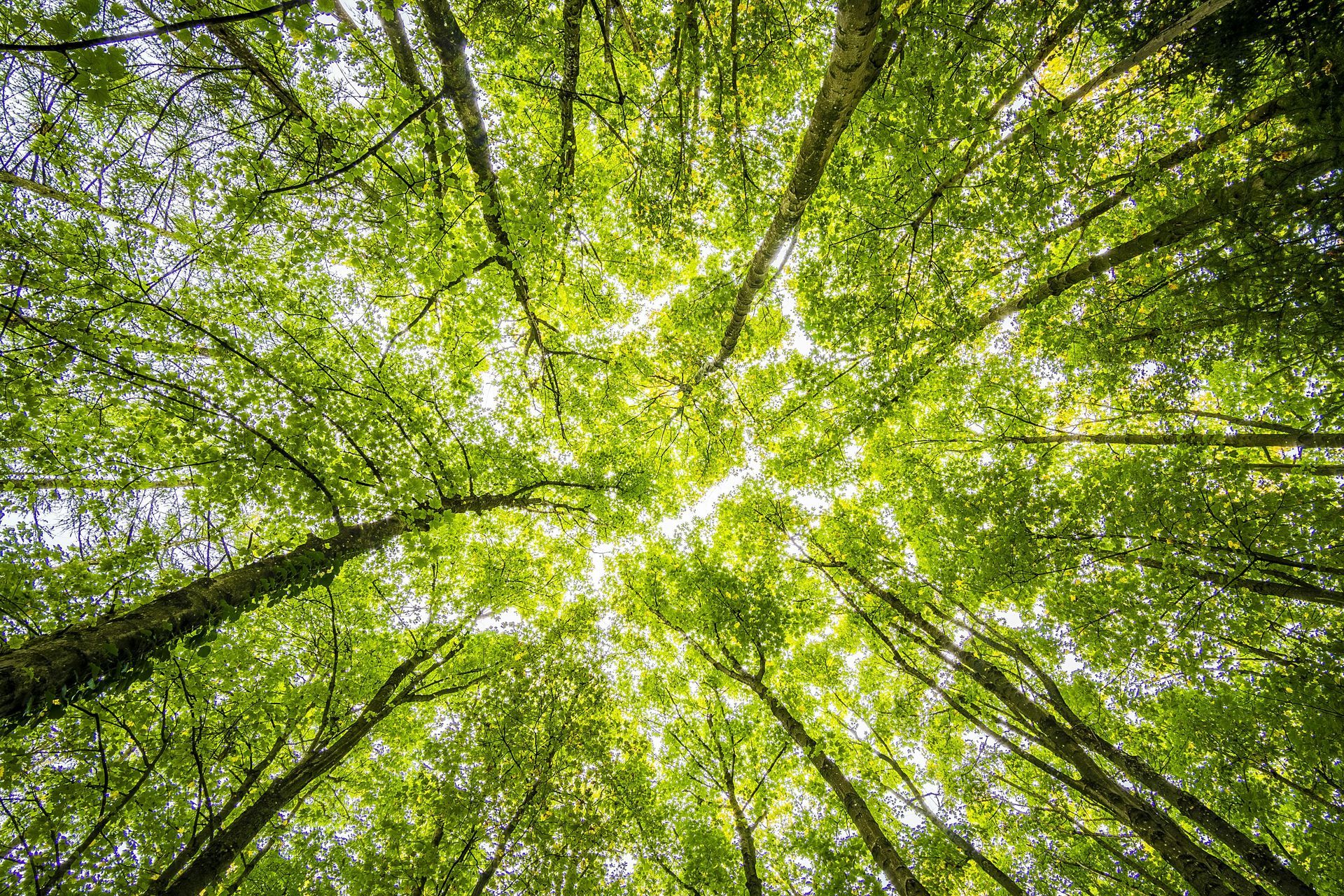When to Remove a Birch Tree: An Expert Guide
Birch trees are beloved for their striking white bark and delicate, fluttering leaves. They bring a unique elegance and a touch of wilderness to any landscape. However, these beautiful trees are not without their challenges. They can be susceptible to specific pests, diseases, and structural issues that can turn them from a cherished asset into a significant liability. Knowing when a birch tree has reached the end of its life is crucial for the safety of your home and family.
At Aurora Tree Service, our certified arborists have years of experience assessing the health of birch trees. We understand their specific vulnerabilities and can help homeowners make the difficult but necessary decision about removal. This guide will walk you through the key signs that indicate it might be time to say goodbye to your birch tree and explain why professional assessment and removal are so important.
Understanding the Challenges of Birch Trees
While beautiful, many popular birch varieties have a relatively short lifespan compared to oaks or maples, especially in urban or suburban environments. They are often stressed by soil compaction, heat, and drought, making them vulnerable to a host of problems. Recognizing the signs of decline early is key. The most significant threat to birch trees in our region is the bronze birch borer. This destructive insect is the primary reason many birch trees fail. Understanding its impact is the first step in knowing what to look for.
Key Signs Your Birch Tree Needs Removal
It can be hard to let go of a mature tree, but ignoring the warning signs can lead to property damage or personal injury. If you notice any of the following issues, it's time to call a professional from Aurora Tree Service for an expert assessment.
1. Widespread Dieback in the Canopy
One of the first and most obvious signs of a serious problem is dieback in the tree’s crown. For birch trees, this is a classic symptom of a bronze birch borer infestation.
- What to Look For: The leaves in the upper third of the tree start to yellow, wither, and drop in the middle of summer. The following spring, these top branches may not produce any leaves at all. As the infestation progresses, the dieback will move down the tree, with more branches dying each year.
- Why It’s a Problem: The bronze birch borer larvae tunnel under the bark, cutting off the flow of water and nutrients to the canopy. Once dieback is extensive (affecting 30-50% of the crown), the tree is almost always beyond saving and has become structurally weak.
2. Evidence of Bronze Birch Borer
Beyond canopy dieback, you can find physical evidence of the borer on the tree itself.
- What to Look For: Look for D-shaped exit holes on the trunk and larger branches. These small (about 1/8 inch) holes are where the adult beetles emerge from the tree. You may also see raised, zigzagging ridges or bumps under the bark. These are the galleries created by the tunneling larvae.
- Why It’s a Problem: The presence of these signs confirms an active and advanced infestation. The internal damage caused by the larvae is irreversible and compromises the tree's structural integrity from the inside out.
3. Significant Trunk Decay or Fungi
The trunk is the tree's backbone. Any signs of decay or weakness in the trunk are a major red flag.
- What to Look For: Look for deep cracks, vertical fissures, or areas where the bark is peeling away to reveal soft, crumbly wood underneath. The appearance of fungal growth, such as mushrooms or conks, on the trunk or at the base of the tree is a definitive sign of internal rot.
- Why It’s a Problem: Fungi are nature’s decomposers. Their presence means the tree's wood is actively decaying, which severely weakens its structure. A tree with significant trunk rot is unstable and could fail and fall without warning.
4. Leaning or Uprooting
A sudden change in the tree’s posture is an emergency signal.
- What to Look For: The tree begins to lean noticeably, or you see the soil and turf heaving or mounding up on one side of the base. This indicates that the root system is failing and can no longer anchor the tree.
- Why It’s a Problem: This is a sign of imminent failure. The tree is in the process of uprooting and could fall at any moment, especially during a storm or high winds. A leaning tree poses an immediate threat to any people or structures in its fall path.
5. Proximity to Structures and High-Risk Location
Sometimes, even a relatively healthy tree needs to be removed because of where it is growing. This is a common issue with mature birch trees that were planted too close to a house when they were small.
- What to Look For: Branches are overhanging your roof, rubbing against the siding, or interfering with power lines. The root system may be cracking sidewalks, driveways, or even threatening your home’s foundation.
- Why It’s a Problem: Overhanging branches can fall and cause significant damage to your roof. Roots can cause thousands of dollars in damage to hardscapes and foundations. If the tree is already showing signs of decline and is located in a high-traffic area or near a structure, the risk it poses is greatly amplified.
Why Professional Removal is Essential
Removing a large tree, especially one that is already weak or damaged, is not a DIY project. It is a complex and dangerous task that requires specialized knowledge, equipment, and safety protocols.
1. Expert Health Assessment: Before any action is taken, a certified arborist from Aurora Tree Service will conduct a thorough assessment. We can confirm if the tree is truly beyond saving or if there are any viable treatment options. We provide an honest, expert opinion to help you make an informed decision.
2. Safety and Risk Mitigation: Our professional crews are trained to dismantle and remove trees safely, even in tight spaces. We use advanced rigging techniques to control the descent of every branch and section of the trunk, ensuring no damage is done to your home, property, or surrounding landscape.
3. Proper Equipment: We have the right equipment for the job, from aerial lifts and cranes for large, complex removals to professional-grade saws and stump grinders. This allows us to work efficiently and safely, minimizing disruption to your property.
4. Fully Insured: Aurora Tree Service is fully licensed and insured. In the unlikely event of an accident, you can have peace of mind knowing that you and your property are completely protected.
Trust Aurora Tree Service with Your Tree Care Needs
Deciding to remove a tree is never easy, but protecting your home and family is the top priority. If you suspect your birch tree is in decline or poses a risk, don't wait for a storm to make the decision for you. Let the experts at Aurora Tree Service provide a comprehensive evaluation. We can help you understand the health of your tree, assess the risks, and, if necessary, perform a safe and efficient removal. Our goal is to help you maintain a safe and beautiful landscape. Whether it's through careful pruning to save a healthy tree or strategic removal to eliminate a hazard, we are your partners in professional tree care.
Is your birch tree showing signs of trouble? Contact Aurora Tree Service today for a professional tree health assessment and a free estimate on our removal services.
Meta Information
Meta Title: When to Remove a Birch Tree | Aurora Tree Service
Meta Description: Learn the signs that your birch tree may need removal. Aurora Tree Service offers expert assessments for disease, pests, and structural issues.



